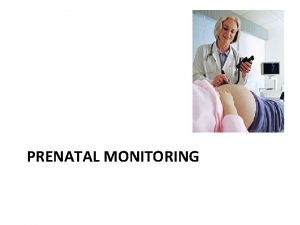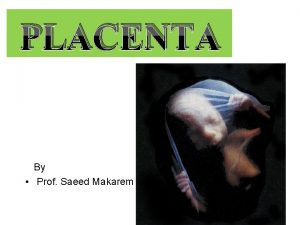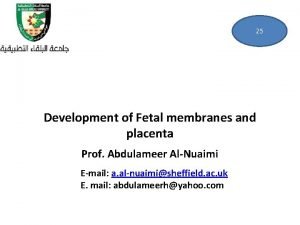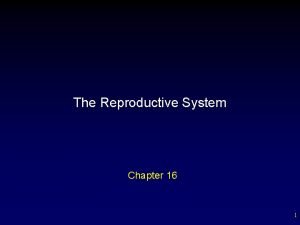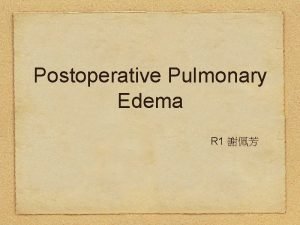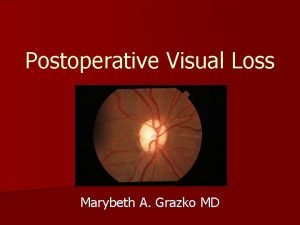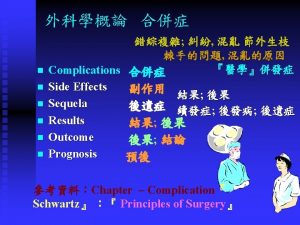Postoperative use of human chorionic gonadotrophin uh CG




- Slides: 4

Post-operative use of human chorionic gonadotrophin (u-h. CG) in patients treated for intrabdominal undescended testes Nicola Zampieri 1, Marta Peretti 1, Federica Bianchi 1, Simone Patanè 1, Virginia Murri 2, Francesco Camoglio 1 1 Pediatric Surgical Unit, Azienda Ospedaliera Universitaria Integrata, University of Verona, Italy 2 Department of Pediatrics, Azienda Ospedaliera Universitaria Integrata, Italy

Introduction Testicular volume is strictly correlated to fertility potential and spematogenesis; undescended testis is the most frequent andrological disease before 3 yrs; hormonal treatment has been used for years before surgery but recently this treatment is not suggestable. The post-operative hormonal treatment is still under discussion. Testicular volume and function improvement of intrabdominal testes after orchiopexy is still the main outcome for surgeons. The aim of this prospective study is to report our experience with post-operative use of human chorionic gonadotrophin to achieve higher testicular volume and function, respect to untreated patients All patients were treated by the same surgeon with laparoscopic one-stage Fowler-Stephens technique. After surgery (2 weeks) those patient parents who accepted to use hormonal therapy, had to follow a 6 weeks scheme. Patients received subcutaneous 500 UI (Gonasi-HP) weekly. A follow-up was performed at the end of therapy and 6 months later. Testicular volume was measured at each visit by ultrasound (and with elastosonography) and compared with the untreated one (controlateral testes and between groups)

RESULTS The study population included 45 patients with a mean age of 18. 0± 9. 7 months. 32 patients received post-operative hormonal therapy. There were no cases of adverse effects nor droupout. There were no cases of testicular atrophy in both groups. At 6 months among treated patients 26 (81%)subjects achieved normal testicular size (compared to the controlateral one) while the other had still smaller volume. Among untreated patients, 6 (46%) subject achieved normal testicular size. (p<0. 05) The mean testicular growth improvement in treated patients was 23% in volume respect to untreated group. Based on elastosonographic results, treated patients had a well vascularizied testes with a soft pattern respect to untreated Hcg stimulates the androgen secretion of Leydig cells, allowing the identification of any intra-abdominal testicular tissue in patients with true bilateral cryptorchidism. High level of h. CG could bind to FSH receptors and stimulate the hormonal production of Sertoli cells. Thus, h. CG implementation after surgery add both improvement in interstitial tissue and in stimulate Sertoli cells.

CONTACT: » Dr. Nicola Zampieri MD, Ph. D » Women and Child Hospital » AOUI Verona » Email: dr. zampieri@libero. it
